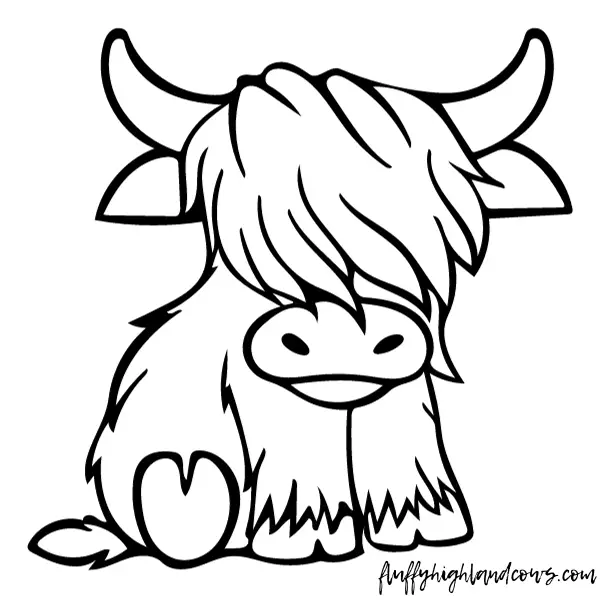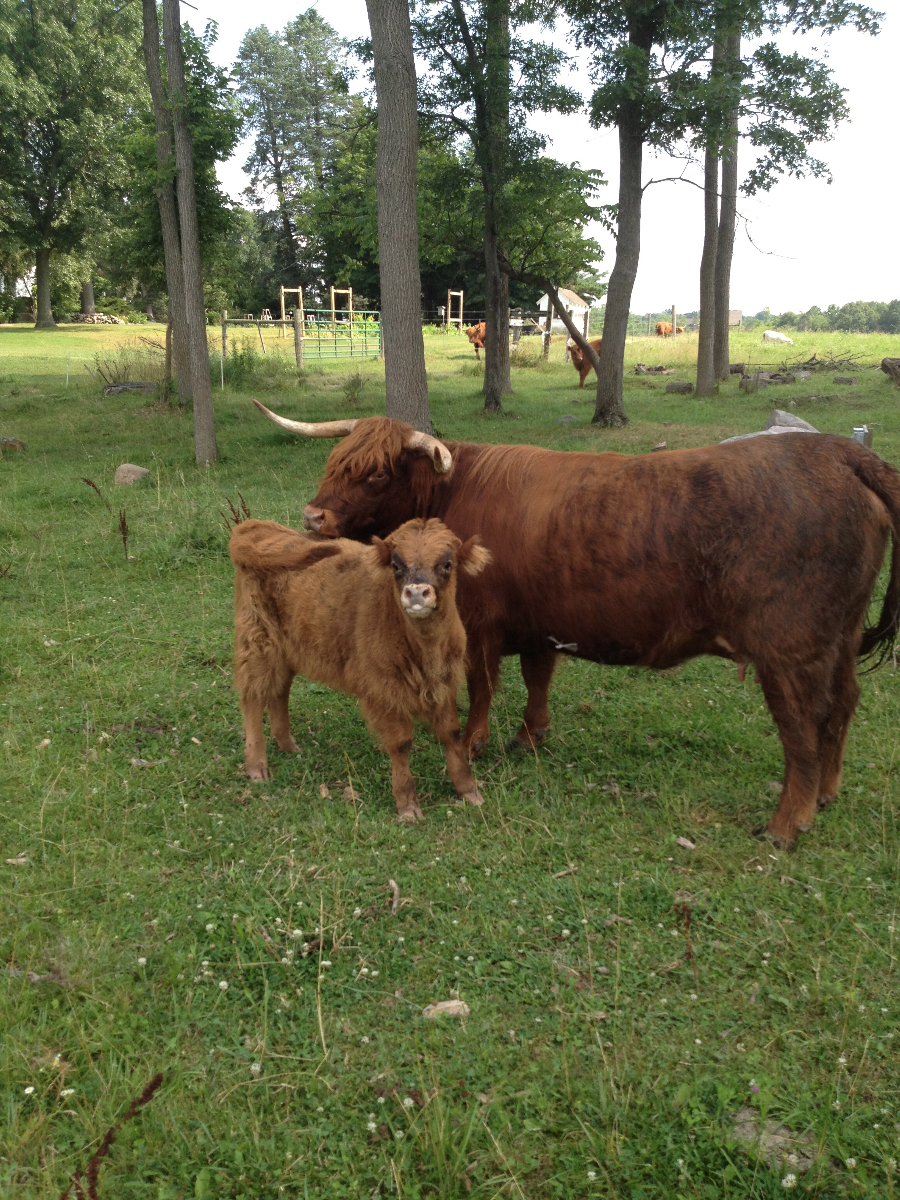Bigger or Better? The Size Dilemma in Highland Cattle Breeding
The size of Highland Cattle has always been a topic of much discussion. It’s important to understand that within this breed, a wide range of sizes is acceptable, and breeders should not be criticized for their choices, whether they prefer smaller, cuter cattle or larger, beefier ones.
For those promoting Highlands as a beef breed, it’s crucial to present the animals well to the public and marketplace, countering the misconception that they are “small and skinny.”
Historical Size of Highland Cattle
Historically, Highland Cattle were much larger than they are today. In 1893, the average weights were significantly higher than modern averages:
- Oxen: 865 kg
- Cows and Heifers: 794 kg
In comparison, one of the top bulls in recent times, James of Cruachan, weighed 848 kg in 1996, and Mointeag of Trelissick, considered large by some standards, weighed 615 kg in 1993. Both are smaller than the cattle of the 1800s.
Modern Size of Highland Cattle
Today’s typical weights for Highland Cattle are:
- Bulls: 600 kg – 900 kg
- Females: 400 kg – 650 kg
The question of whether to aim for the sizes of the past is a matter of personal choice. Quality, not quantity, remains the key focus. The chicken industry, for example, has made significant gains in the market despite the small size of chickens, thanks to consistent quality.
Factors in Size of Highland Cattle
Several factors can affect the growth potential of Highland Cattle:
- Stocking rate
- Parasite control
- Quality of pasture, including trace elements, and water
- Climate, relative to energy requirements
It’s important to note that the weights from 1893 reflect selective breeding across all cattle breeds in the 1800s. Highland Cattle, like all breeds, were smaller several hundred years ago.
This historical perspective on the size of Highland Cattle shows the breed’s adaptability and the variety within it, allowing for a range of sizes based on breeding choices and environmental factors.

